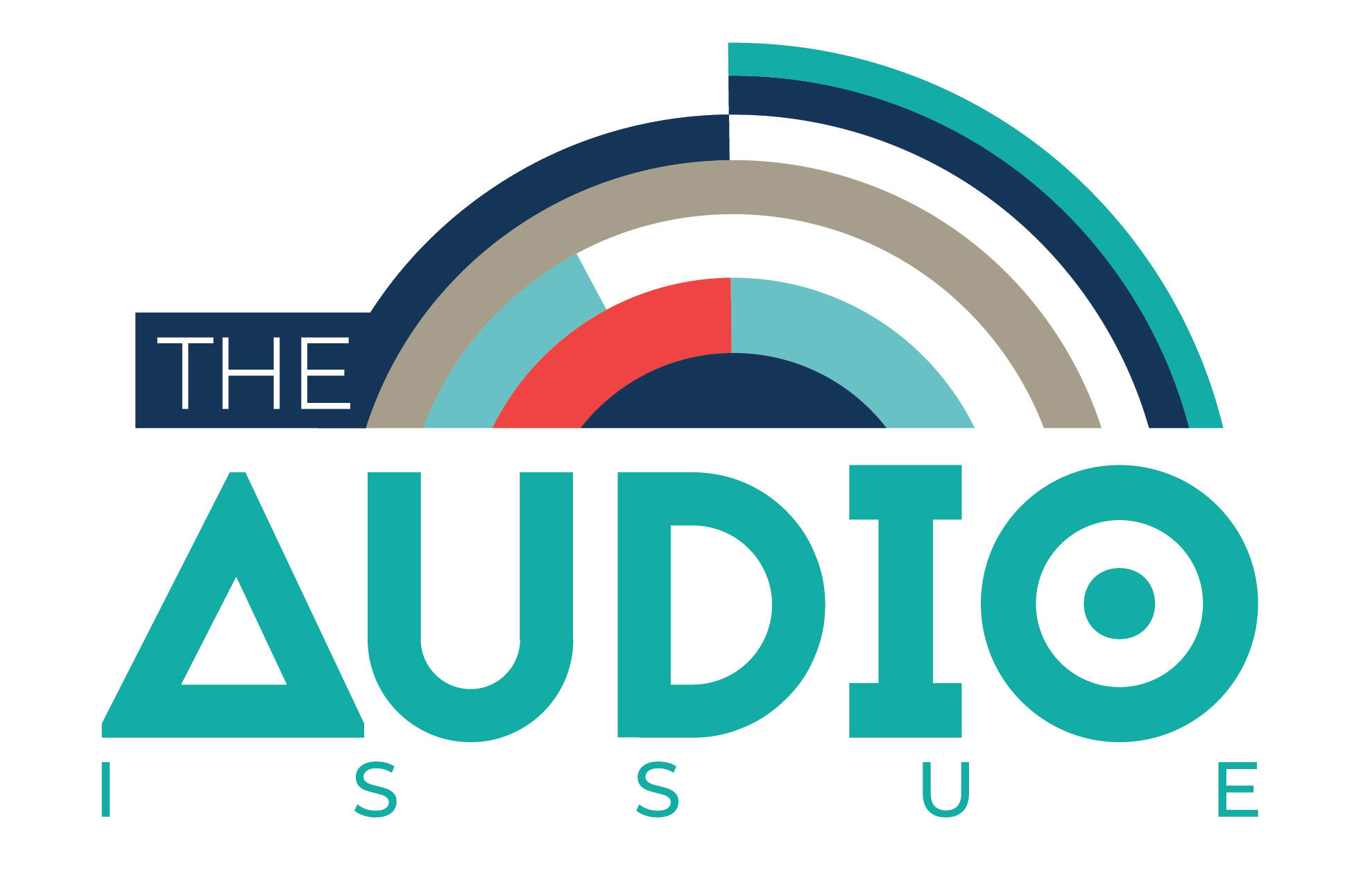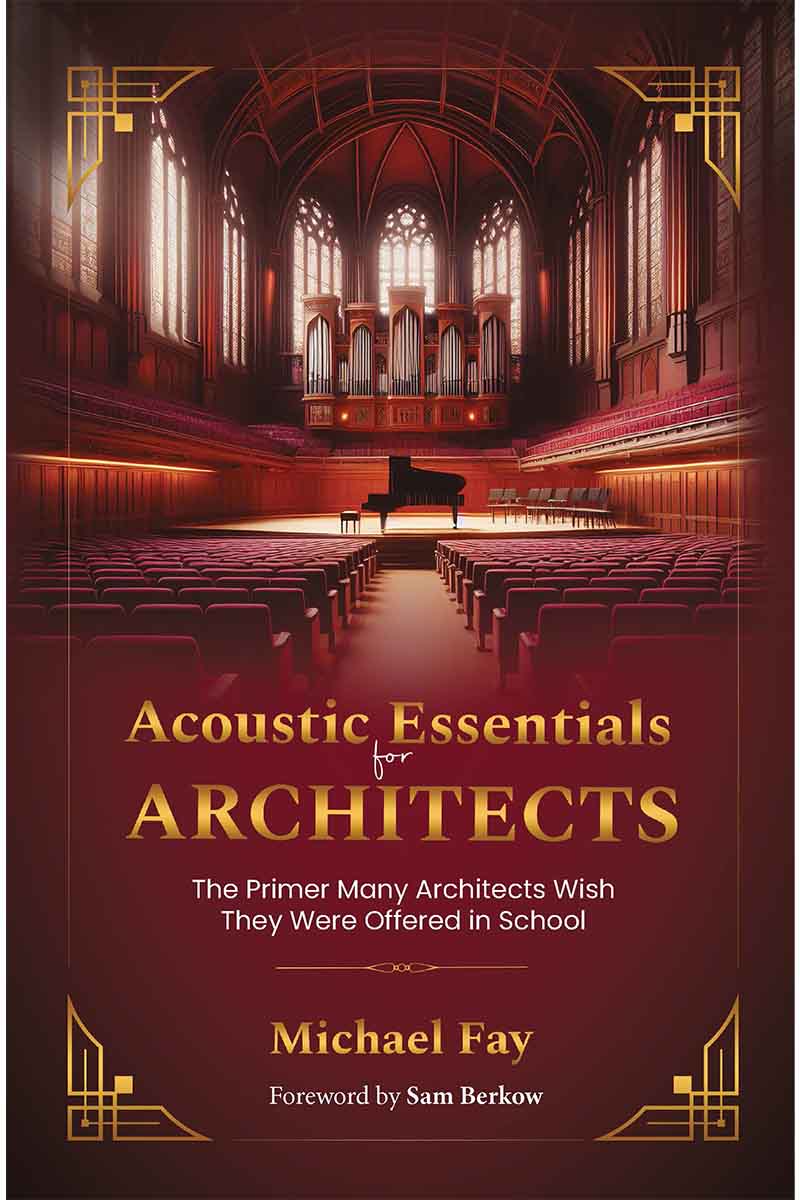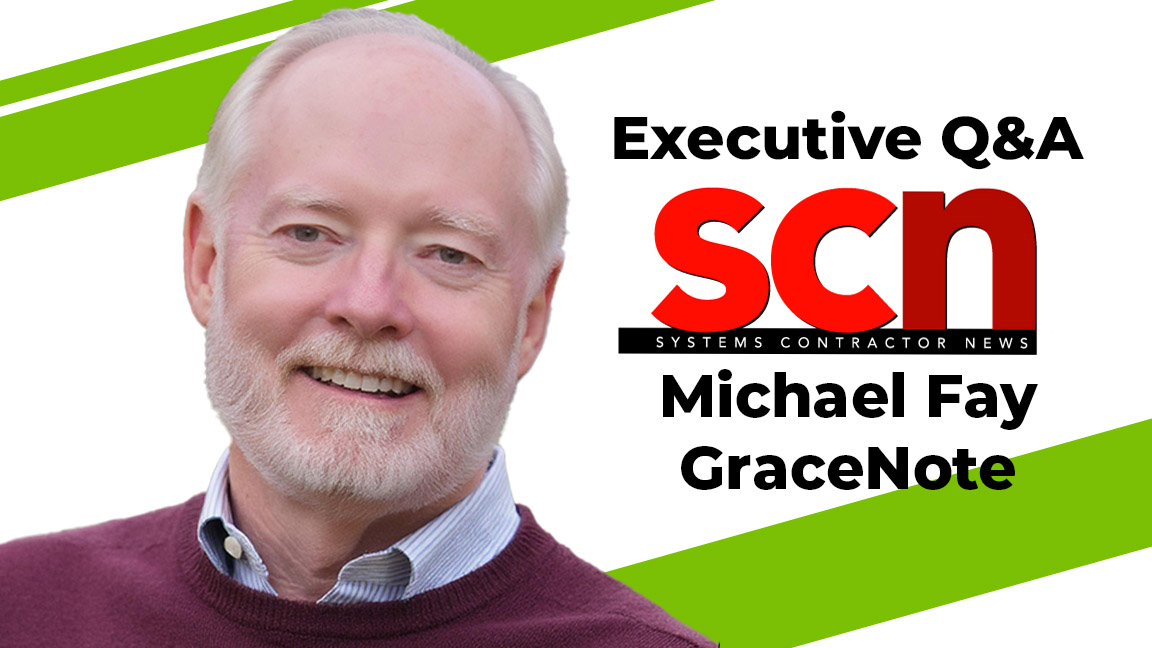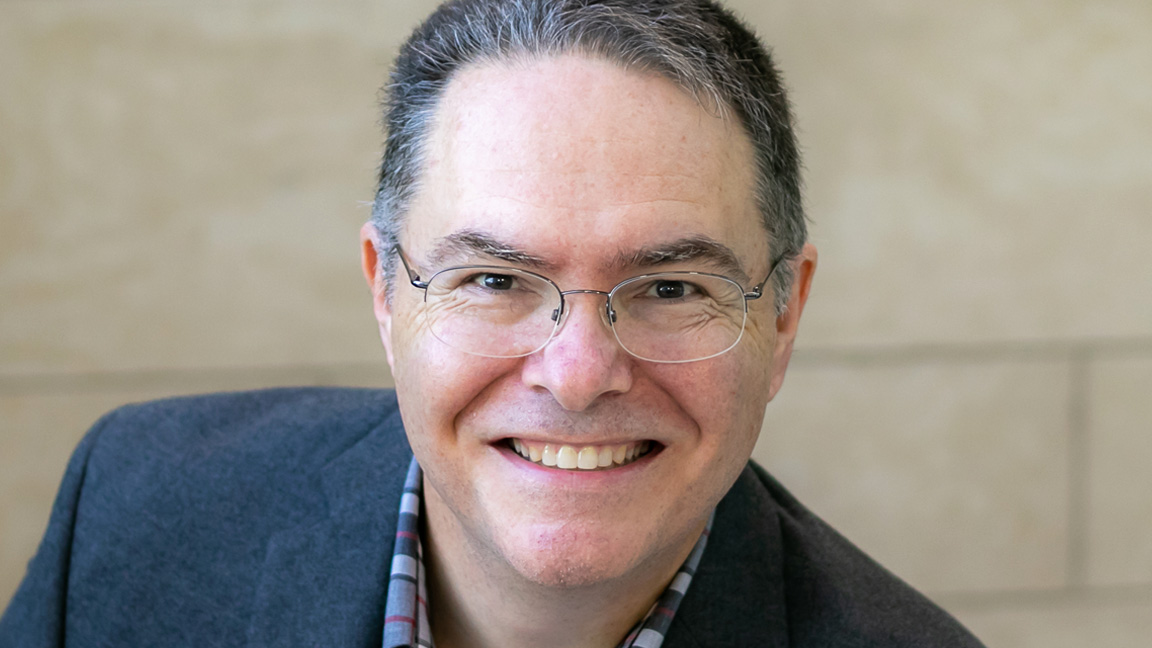SCN: What prompted you to establish GraceNote?
Michael Fay: I’m now semi-retired. I spent the last 15 years of my full-time employment as the senior design consultant at Sound Image in Escondido, CA. I was also the GM of their contracting division for five years.

Before leaving, I hoped to stay somewhat active in the AV and acoustics field, but at a much slower, less stressful pace. I knew my lifetime of design skills and experience would still have some value, so I set up GraceNote as an audio, video, and acoustic consultancy.
A grace note is a musical term that is a type of musical ornament; a quick, decorative note added just before a principal note to enhance expressiveness. I see my design work being somewhat similar: a small but important piece of a much larger undertaking. Metaphorically, grace signifies my intention to approach both life and work with a grace-filled mind and heart. Note symbolizes the importance of music and sound in my endeavors.
SCN: You recently published your first book, Acoustic Essentials for Architects. That’s a pretty narrow focus—was there a specific project that inspired you to write it?

MF: There was no specific project, but as I explain in the introduction: “As both a sound and acoustics guy I often felt and experienced an acoustical disconnect between those who design buildings and those who must live and work in them. During countless interactions, I realized how many architects are unknowing or unclear about how their designs impact a room’s acoustics."
In 2010, I began writing the first edition of this tutorial as a white paper. While it was shared, presented at the 166th meeting of the Acoustical Society of America conference in 2013, and embraced by a few, it lacked the scope and graphic support needed for further publication. In 2022, I felt compelled to revisit this material with renewed enthusiasm.
SCN: How important is it to make acoustics part of the architectural design process?
MF: Very. Ultimately, architects are the creators and coordinators of all construction decisions being made. They are both the composers and conductors of an orchestra consisting of the owner(s) and many diverse consultants and contractors. One distinguishing feature found in every room is its acoustical characteristics. Unfortunately, this thing we call acoustics is not well known, understood, or even taught in most architectural schools. Because of this, my book is tailored to the one group of people having more influence over a building's acoustics than any other: architects.
SCN: When acoustics are not part of that initial process, how do you fix it?
MF: That’s a good question, but one that doesn’t have an easy answer. It depends.
What problem(s) needs fixing? Is there excess reverberation or echo causing speech intelligibility and/or music clarity problems? Are there issues related to standing waves (room modes)? Or is there an ambient noise or noise isolation issue? Each of those requires a unique treatment scheme for correction. When acoustical objectives are not included during the initial design of a sound-critical space, resolving such problems later usually necessitates significant time and expense, and may also come with unwelcome challenges to the venue’s architectural aesthetics.
SCN: What are one or two acoustic design concepts you find yourself explaining repeatedly to prospective clients?
MF: Echo and reverberation are not synonymous or interchangeable terms. When people say, “We can’t hear the pastor,” they almost always mean they can’t understand the pastor. Volume isn’t the issue, clarity is. Also, sound absorption is not the same thing as sound blocking. Like all technical fields, acoustics has its own unique vocabulary.
SCN: If possible, can you distill architectural acoustics down to a few key points?
MF: Yes. This is the theme of Chapter 20 in my book. Understanding and designing for good architectural acoustics boils down to four key points:
• What are the room’s most demanding audio activities?
• Where can we put it (it being acoustical treatments or finishes)?
• What does it look like?
• How much does it cost?
SCN: What’s the secret formula for delivering better intelligibility?
MF: Presuming we’re talking about a room that uses a sound system for voice amplification, the three most important pieces of the puzzle are selecting the appropriate loudspeakers, mounting and aiming them correctly, and defining and delivering the appropriate reverberation time for the most demanding use of the room.
As many traditional HOW denominations feel the need to transition toward more modern worship music and technology, their building’s acoustics often don’t advance at the same time.
Almost everyone talks about reverberation time (T60) in terms of a single, fully inclusive number of seconds. Yet, when a single number is used, the more accurate description is Tmid, which is the number you get when you average the T60s at 500 Hz and 1 kHz.
In almost all rooms, each octave of audible sound will have a different T60, and sometimes they are radically different. It’s necessary to understand that Tmid is only the beginning of a much larger question: What is the T60 at each octave between 63 Hz and 2 kHz, and how much do they differ?
My book covers this topic in some detail. For a deeper dive, see these two white papers: T60 Slope Ratio and Parametric Acoustics.
SCN: Generally speaking, what are the toughest venues for sound design?
MF: In my experience, house of worship centers are the most challenging, followed by multi-purpose venues. I've worked on a wide range of Judeo-Christian denominations, including extremely contemporary non-denominational worship centers, liturgical Catholic sanctuaries, Reform Jewish synagogues, and everything in between.

Most worship centers—and many multi-purpose venues—are essentially performing arts centers. They require many of the same audio, video, lighting, and acoustical capabilities. And, unfortunately, as many traditional HOW denominations feel the need to transition toward more modern worship music and technology, their building’s acoustics often don’t advance at the same time. In other words, offering fully amplified contemporary worship music in a room designed for traditional hymns, accompanied by choir and organ, is a guaranteed recipe for cacophony.
SCN: If budgets are tight, what sound system elements can’t be compromised?
MF: Loudspeakers and system-level DSP. Get those right and everything else will fall into place much easier.
Most experienced audio pros can work with lesser microphones, monitors, amplifiers, and mixing consoles and still deliver good sound—if the loudspeakers are good quality, have the appropriate dispersion patterns, are properly mounted, and have adequate signal processing for fine tuning.

